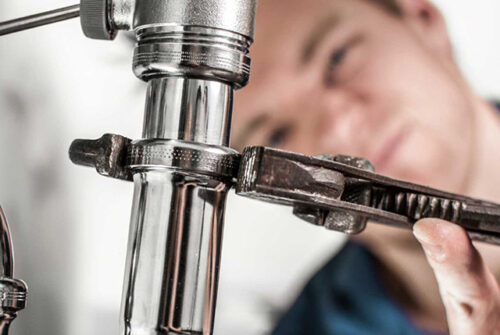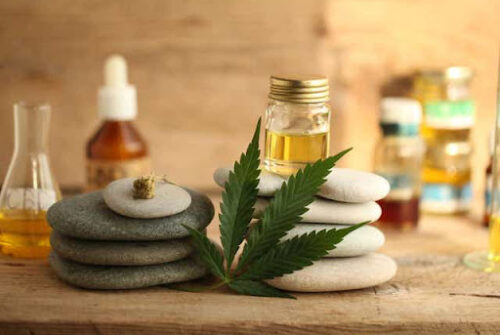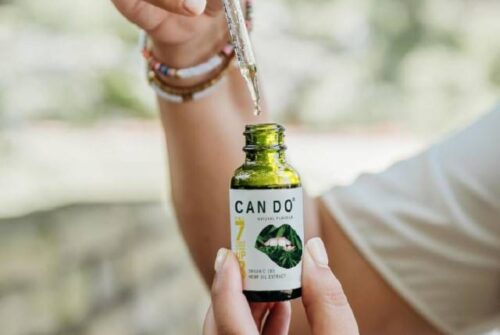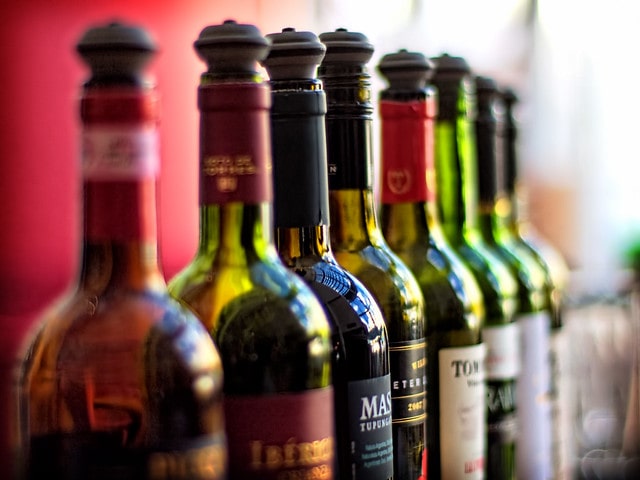
One would expect ice a glass of wine to have a lengthy history in winemaking, however, it does not. In fact, ice wine has just been around for around 200 years. The prevailing theory of its “birth” fixate a German winemaker that was shocked by a very early frost. He chose to press the icy grapes anyway but divided them from the remainder of his vintage so as avoid spoiling every little thing. To his surprise, the resulting glass of wine was pure and sweet.
Since, ice a glass of wine has been created to some degree in all wine-producing countries of the Northern hemisphere, consisting of Austria, Germany, Hungary, Switzerland, and also others.
The distinction between an ice glass of wine and various other after-dinner drinks is that ice red wines reveal a much clearer fruit and different character. This is because various other pleasant red wines are made from botrytis (” honorable rot”) affected grapes, or with grapes that have actually been laid out and also dried out. Because ice wine grapes are healthy and balanced at harvest, an excellent quantity of level of acidity remains, which gives the wine a raciness that other dessert wines usually have to a much lesser level.
True ice white wine is that made from grapes that are kept in the creeping plant until the temperature sinks below -19.4 Fahrenheit or -7 level Celsius. In the United States, New Zealand, and some other regions, winemakers have begun producing substitute ice a glass of wine by throwing the grapes into a commercial fridge freezer. These simulated ice red wines are considered to be of lower quality and will generally sell at half the price of ice a glass of wine made in the conventional method. You can read more about love craft wines by visiting their web page.
Both techniques do utilize the same keynote: a grape is comprised primarily of water, as well as since just the water will certainly freeze at these reduced temperature levels, the wonderful grape nectar can be pressed from the grapes while the frozen water continues to be entrapped in the skins.
It is important to gather on the first cold evening of the year because grapes left on the creeping plant to experience a freeze-thaw-refreeze cycle can pick up unwanted tastes. Winemakers are usually nervous wrecks by harvest time, as they will have spent evening after evening waking up consistently to check the temperature.
” Keeping the harvest workers ready can be a tiresome and also unpleasant task” states Franz Heiss, head winemaker of the revered Heiss Winery in Austria. He will certainly usually need to get up loads of harvest workers for the fifth or 6th time, just to see one more evening pass without the preferred temperatures rather being reached.
The very best ice red wines are clear as well as vibrant in their flavors and also aromas. The fragrant Scheurebe grape has buildings that make it a prominent choice for usage in crafting fantastic ice wine. The spectacular 2002 Eiswein by the renowned Austrian Gsellmann and Gsellmann winery exemplifies this completely.
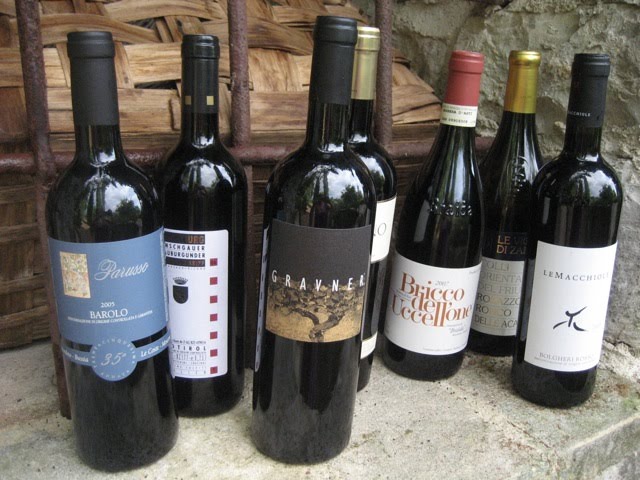
Traminer is one more fragrant varietal that results in terrific ice red wines. Master wonderful wine vintner Franz Heiss makes a sensational ice red wine from this grape, of which the 2001 and also 2002 vintages stick out. He has actually also made ice white wine with the red grape Blaufränkisch, and the outcome is a magic rose-colored version with notes of unique berries. As he clarifies it: “An ice white wine made from red grapes is really uncommon. The freezing of the grapes influences the scents considerably, as well as this is especially real when the grapes are red.”
In Austria, where the red wine legislations are the strictest in all of Europe, just ice wines created by Mother earth are allowed to carry the proud name. So, if Austrian ice red wines are after that considered to be several of the most authentic as well as real ice white wines, one could suggest that an ice red wine from Austria’s flagship grape, Grüner Veltliner, is the truest ice wine of all.
Manfred Weiss of the Weiss Vineyard in the Burgenland area made a Grüner-only ice red wine in 1999 and also a Cuvee of Grüner as well as Welschriesling in 2001. He chooses to use Grüner Veltliner for his ice red wine due to the fact that it is resistant to botrytis, so the end result has especially tidy as well as clear notes.

